En este episodio, Marta Valier habla con Aída Silva Hernández, una académica de Tijuana que ha estudiado y trabajado con migrantes durante los últimos veinte años. Ella habla de cómo la ciudad fronteriza mexicana al sur de San Diego ha cambiado en el último siglo, de una ciudad donde los migrantes iban y venían cuando entraban y salían de los EE. UU. para encontrar trabajo, a una ciudad en la que se quedaban atrapados durante años, esperando. mientras trataba de solicitar asilo en los EE. UU. La espera, diseñada específicamente por las políticas de inmigración de EE. UU. para disuadir a los migrantes de ingresar legalmente al país, explica, es demasiado agotadora tanto para los migrantes como para la sociedad civil local que se compromete apoyarlos.
In this episode, Marta Valier speaks to Aída Silva Hernández, a scholar from Tijuana that studied and worked with migrants for the last twenty years. She talks about how the Mexican border town south of San Diego has changed in the last century, from a city where migrants would come and go as they entered and exited the U.S. to find work, to a city where they get stuck for years, waiting while trying to apply for asylum in the U.S. The wait, specifically designed by the U.S. immigration policies to deter migrants from entering legally into the country is, she explains, way too grueling for both the migrants and the local civil society that is committed to supporting them. En español.
Visit the Bradley Center website.
Also, visit our digital collections and our border studies collection.
Episode hosted and produced by Marta Valier.

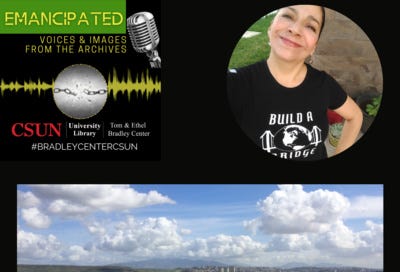



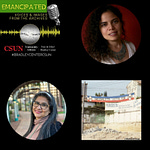
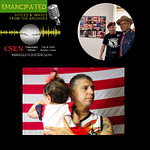
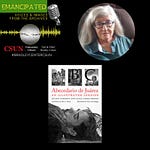


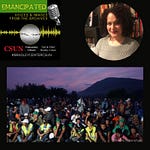
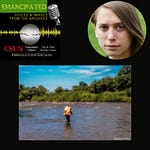
Share this post